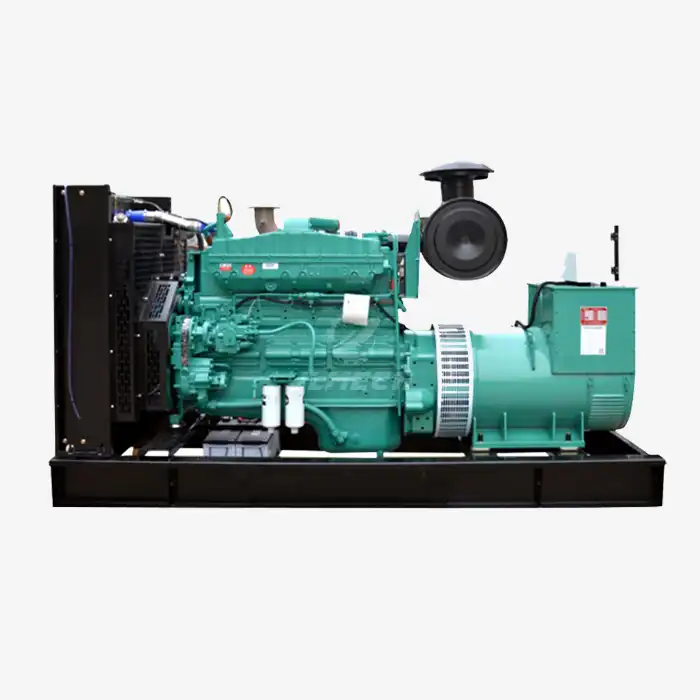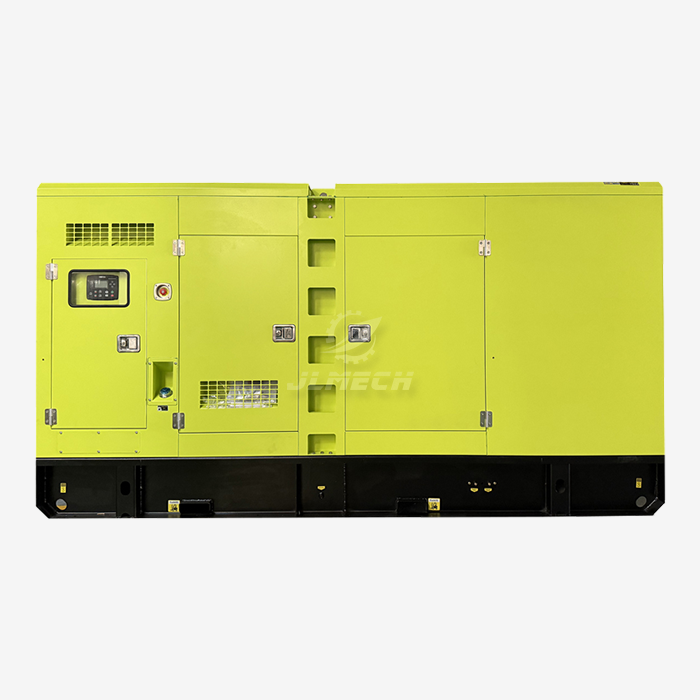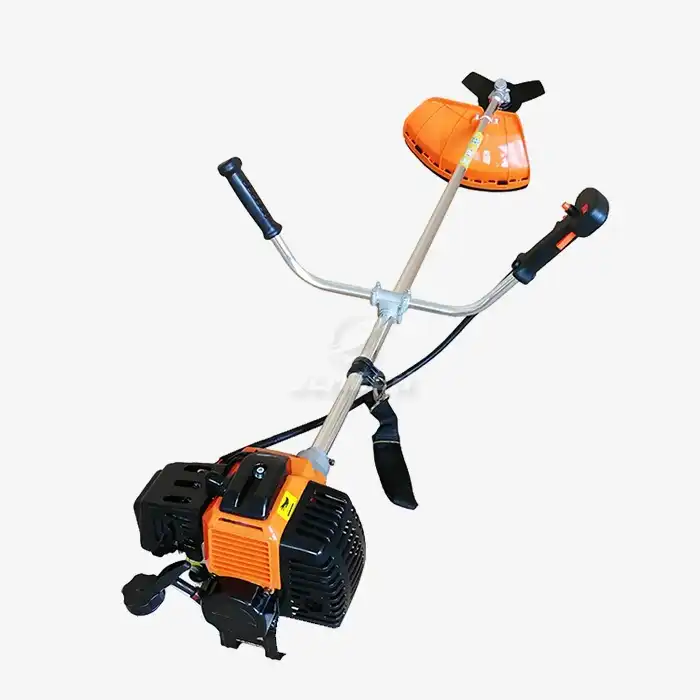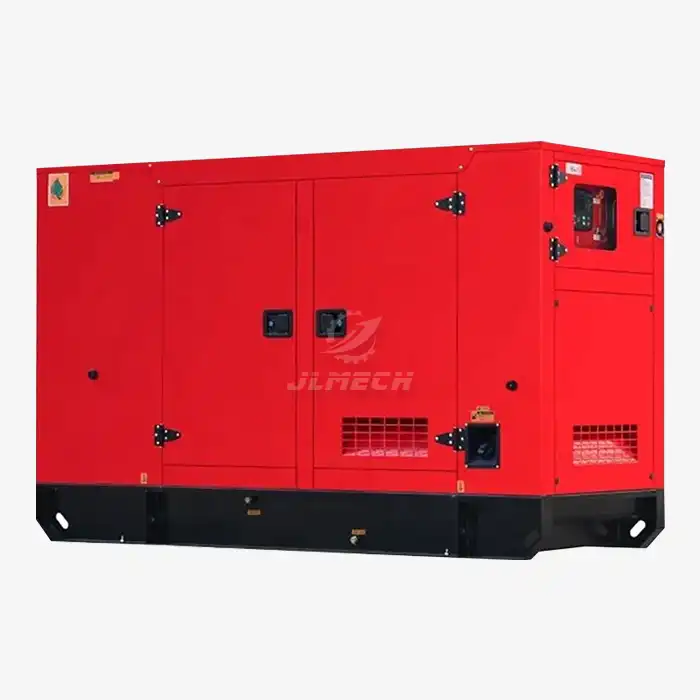Is it safe to run a generator continuously?
This is one of the most critical questions for businesses considering generator power for their primary operations. The straightforward answer is a resounding yes - provided you're using equipment specifically engineered for this demanding application. While attempting to run a standard standby generator continuously poses significant safety risks and will inevitably lead to premature failure, operating a properly specified continuous generator is not only safe but represents standard practice across numerous industries worldwide. The distinction lies not in the concept of continuous operation itself, but in having the right equipment, maintenance protocols, and operational awareness.
Understanding this distinction is crucial for ensuring both operational safety and equipment longevity. An industrial-grade continuous generator is fundamentally different from its standby counterparts, designed from the ground up with reinforced components, enhanced cooling capabilities, and durability features that make around-the-clock operation not just possible, but reliable and safe.

Proper Equipment Design
Safety in continuous operation begins with selecting the correct type of generator. This fundamental choice determines everything from performance reliability to operational safety and long-term viability.
Continuous Power Rating Certification:
True continuous generators carry specific ratings for unlimited operation at their designated capacity
These units undergo rigorous testing to validate their ability to handle constant thermal and mechanical stresses
Unlike standby generators designed for emergency use only, continuous-rated models are engineered specifically for 24/7 operation
Heavy-Duty Component Selection:
Reinforced engine blocks with strengthened cylinder walls and crankshafts
Oversized bearings and lubrication systems designed for constant operation
Enhanced cooling systems with larger radiators and more efficient heat dissipation
Heavy-duty alternators with superior insulation classes and robust construction
Engineering for Durability:
Every component in a proper continuous generator is selected based on endurance criteria rather than cost considerations
These units undergo comprehensive testing that simulates years of continuous operation before leaving the factory
The design philosophy focuses on reliability and safety under the most demanding operating conditions
Professional Maintenance Regimen
Continuous operation demands an equally continuous commitment to maintenance. A rigorous, well-documented maintenance schedule isn't merely recommended - it's absolutely essential for safe long-term operation.
Service Interval Adherence:
Follow manufacturer-recommended service intervals based strictly on operating hours
Maintain detailed service records tracking all maintenance activities and operational parameters
Implement a proactive maintenance strategy rather than waiting for issues to develop
Critical Maintenance Components:
Oil and Filtration System: More frequent changes than standby units, using specialized lubricants formulated for extended service
Cooling System Maintenance: Regular coolant analysis, system flushing, and radiator cleaning to prevent overheating
Air Intake System: Frequent filter inspection and replacement, especially in dusty environments
Fuel System Management: Regular filter changes, water separation, and tank maintenance to ensure clean fuel delivery
Electrical System Verification: Comprehensive testing of all electrical components, connections, and control systems
Professional Maintenance Standards:
While basic daily checks can be performed by operational staff, complex maintenance requires certified technicians
Professional maintenance ensures proper diagnosis of developing issues before they become serious problems
Factory-trained technicians possess the specific knowledge and tools necessary for maintaining continuous operation safety
Installation and Operating Environment
The safety of continuous operation depends heavily on proper installation and appropriate operating conditions. Even the best generator will underperform - or become unsafe - if installed incorrectly or operated in unsuitable environments.
Ventilation and Airflow Requirements:
Ensure adequate airflow for both engine combustion and cooling system efficiency
Poor ventilation leads to dangerous carbon monoxide accumulation and operational overheating
Follow manufacturer specifications for clearance distances and air intake requirements precisely
Exhaust System Safety:
Professional exhaust system installation is non-negotiable for continuous operation safety
Use high-temperature rated materials and proper supporting structures
Ensure exhaust pathways are clear and directed away from occupied spaces and air intakes
Foundation and Vibration Management:
Install on a level, vibration-dampening foundation designed for continuous operation
Proper foundation prevents structural stress and reduces wear on components
Consider professional vibration analysis for large installations to identify potential issues
Environmental Protection and Access:
Shelter units from extreme weather while maintaining adequate airflow
Ensure sufficient space around the generator for maintenance access and emergency procedures
Implement proper drainage and spill containment measures as required
Operational Monitoring and Safety Systems
Vigilant monitoring and robust safety systems provide the final layer of protection for continuous generator operation. Modern continuous generator installations incorporate multiple layers of safety and monitoring to ensure reliable operation.
Routine Operational Checks:
Implement scheduled visual inspections for leaks, unusual noises, or smoke
Train operational staff to recognize early warning signs of potential issues
Maintain detailed operational logs tracking key parameters and any anomalies
Performance Parameter Monitoring:
Continuously monitor oil pressure, coolant temperature, and operating voltage
Track fuel consumption rates and identify unusual patterns that might indicate problems
Monitor load profiles to ensure operation within designed parameters
Load Management Protocols:
Avoid sustained operation above the generator's continuous rating
Implement load sequencing for multiple generator installations
Use power management systems to optimize performance and prevent overload conditions
Integrated Safety Systems:
Modern continuous generator systems include comprehensive automatic shutdown features
Multiple redundant protection systems for low oil pressure, high temperature, and overspeed conditions
Regular testing of all safety systems to ensure proper operation when needed
Conclusion
Operating a generator continuously is not only safe but represents standard industrial practice when you begin with the right equipment, implement a disciplined maintenance program, ensure proper installation, and maintain vigilant operational monitoring. A true industrial continuous generator, properly specified and maintained, provides completely safe and reliable power for the most demanding applications. The key to safety lies in recognizing that continuous operation requires a different approach than emergency standby use - from equipment selection through daily operation.
Our engineering team specializes in helping clients implement safe, reliable continuous power solutions. We provide everything from initial assessment and equipment specification to ongoing maintenance support. For a comprehensive evaluation of your continuous power needs, contact our power systems specialists at skala@whjlmech.com.
References
International Organization for Standardization. (2018). Reciprocating internal combustion engine driven generating sets — Part 1: Application, ratings and performance (ISO 8528-1:2018).
Generator Manufacturers Association. (2021). Recommended Maintenance Practices for Continuous Power Generator Sets. GMA Technical Bulletin TB-204.
Anderson, P. (2020). Best Practices in Industrial Generator Maintenance and Safety. Power Systems Engineering Journal, 45(3), 112-128.
International Electrotechnical Commission. (2019). Rotating electrical machines - Rating and performance (IEC 60034-1:2019).
National Fire Protection Association. (2020). Standard for Emergency and Standby Power Systems (NFPA 110).



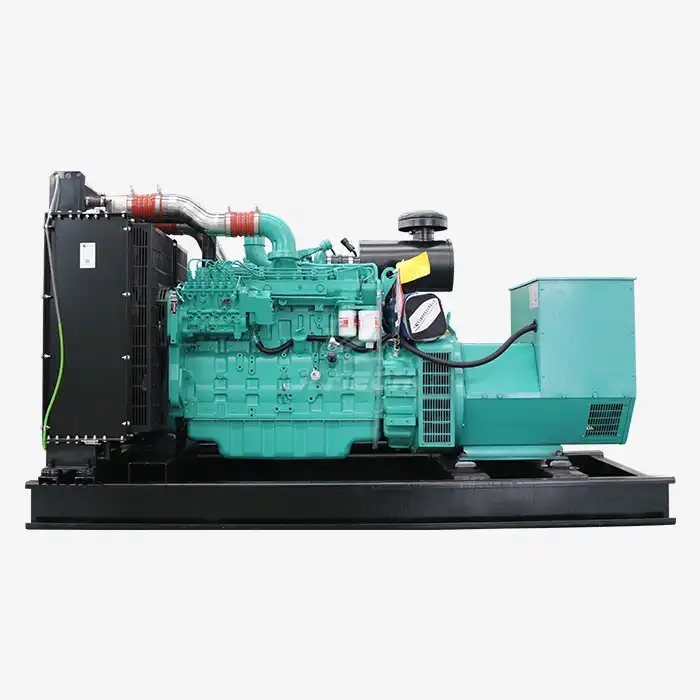
_1753350153132.webp)
